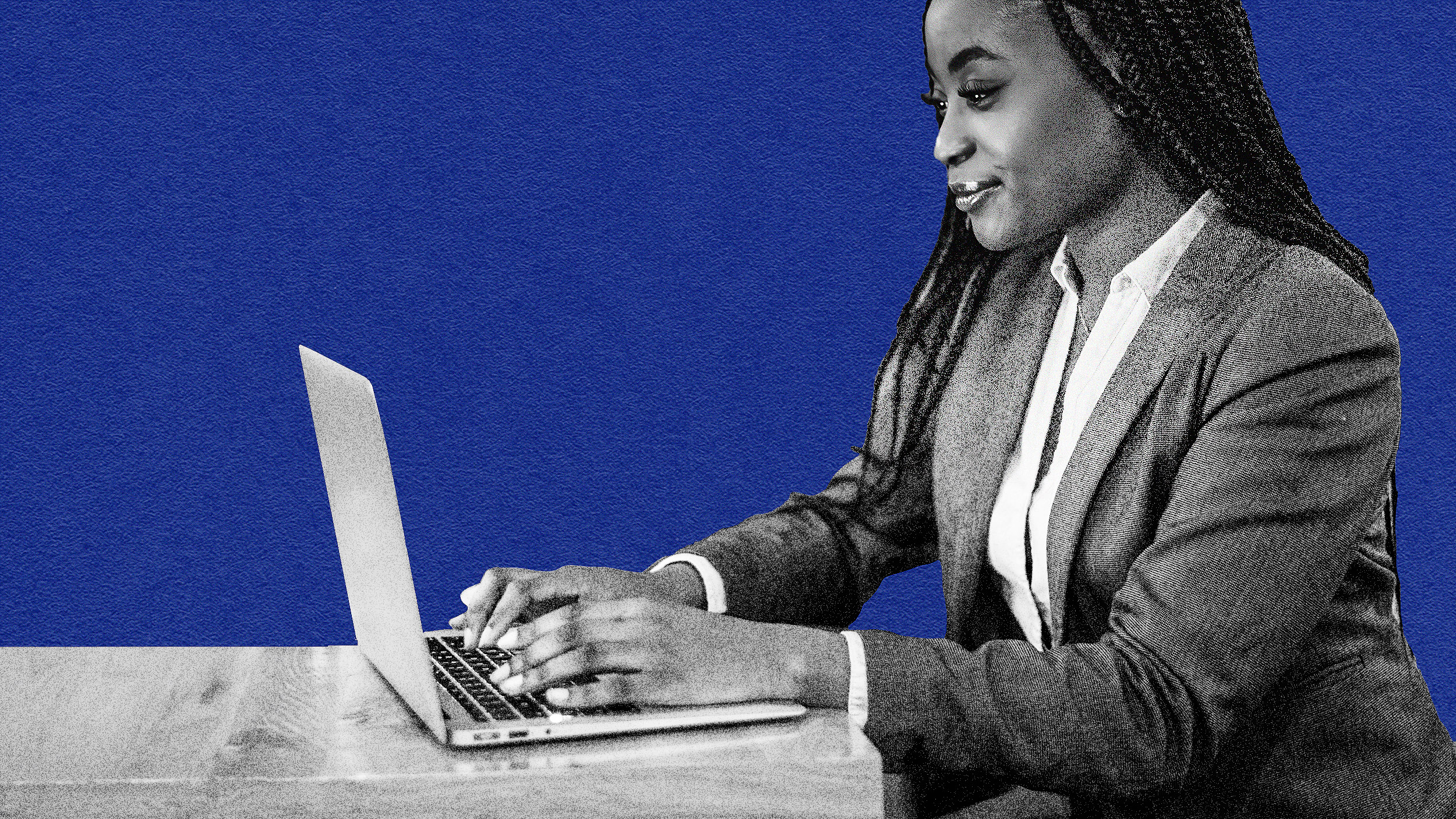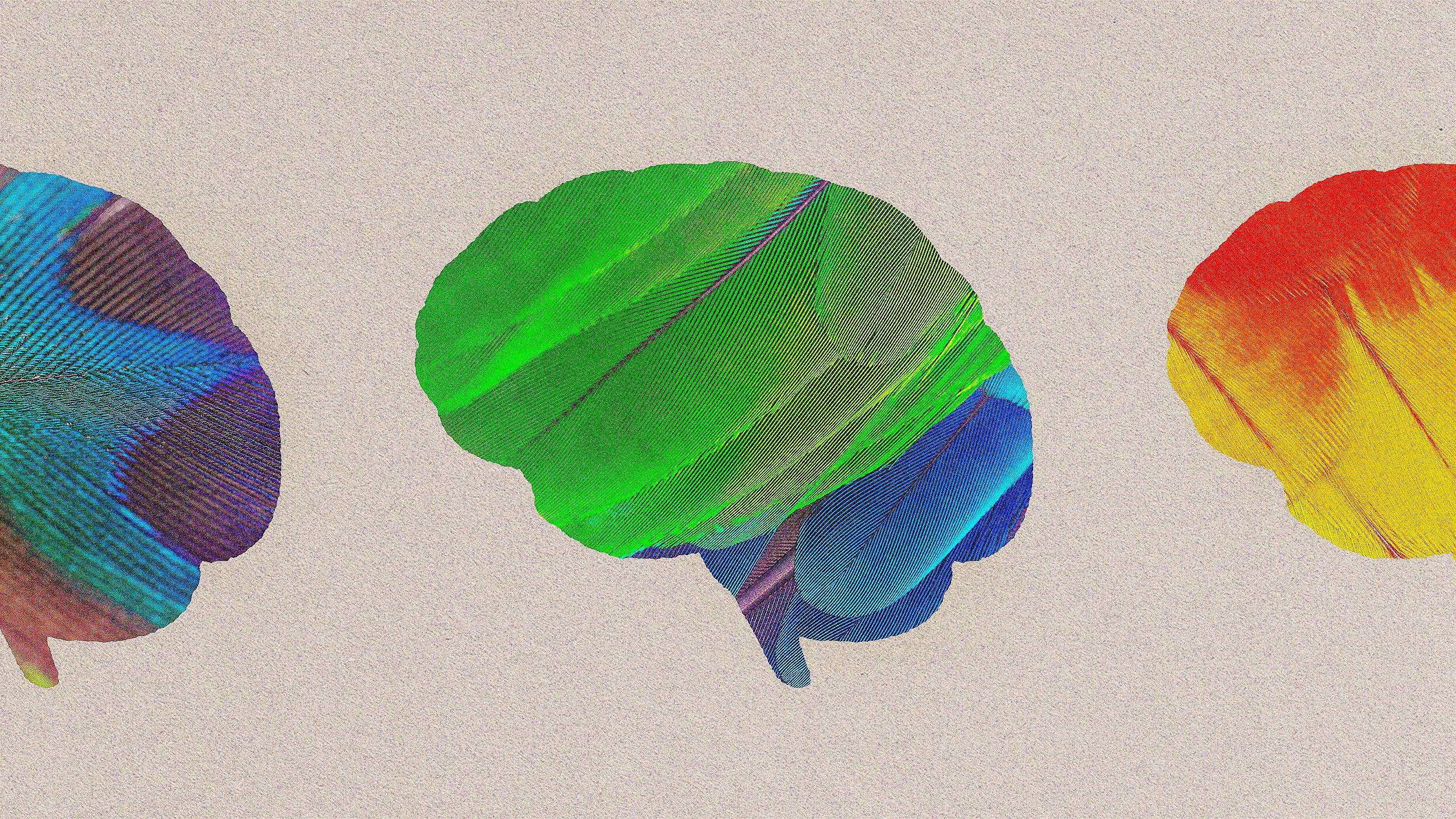Being close-minded is like being in handcuffs—you can’t let yourself out, someone has to pop the lock for you. That’s why diversity matters, says neuroscientist Beau Lotto. Meeting others unlocks our perception. We spend our lives in the cuffs of our own assumptions, but encountering people who think and act differently teaches us so much about ourselves, and what we may have been blind to up until that point. If creativity is the act of thinking differently, then surrounding ourselves with a diversity of people, with diverse life experiences, can radically expand our field of possibility. Technology is another way to do that, says Lotto, and if you leaf through history it’s apparent that the most radical technological breakthroughs are the ones that have expanded our perceptions: the printing press gave us books, which let us see other people’s stories; the telescope gave us the universe, which gave us curiosity (and humility); the ship gave us mobility, which gave us cultural and material trade. Technology enables us “to see things that we could never have seen before,” and it makes the invisible visible, says Lotto. The more layers of meaning we can detect—whether through diversity or technology—the better we’re able to think, innovate, and connect. Beau Lotto’s new book is Deviate: The Science of Seeing Differently.
Beau Lotto: If the process of seeing differently is the process of first and foremost having awareness of the fact that everything you do has an assumption, figuring out what those are—and by the way, the best person to reveal your own assumptions to you is not yourself, it’s usually someone else, hence the power of diversity, the importance of diversity. Because not only does that diversity reveal your own assumptions to you, but it can also complex-ify your assumptions. Because we know from complex systems theory that the best solution is most likely to exist within a complex search space, not a simple search space, simply because of statistics. So whereas a simple search space is more adaptable, it’s more easy to adapt, it’s less likely to contain the best solution.
So what we really want is a diversity of possibilities, a diversity of assumptions—which diverse groups, for instance, enable. But also diverse experience. So one of the best ways to diversify, complex-ify your search space, your assumptions, is through experience. And one of the great ways to do that is actually through technology. So we think about technology, and most of our technologies are good technologies. But what defines a great technology? What is a transformative technology?
The good technologies are the ones that enable us to do what we can already do faster, easier, more efficiently. And that’s because so much of our society focuses on efficiency. It’s about maximizing performance. We’re great engineers but we’re crap philosophers. We’re very good at making things more efficient, but that’s only one side of innovation.We also need the other side of innovation, which is creativity. And so the best technologies are the ones—in my view—that make the invisible visible. They enable us to see things that we could never have seen before. They create assumptions. They expand our space of assumptions. We typically think, of course, of digital technologies, but we can also think of the telescope, the microscope. In fact we can even think of the sail.
So the sail was in one sense invented on the Nile, because the currents the wind go in opposite directions. So you could sail up current and then you could float back down. But what the sail enables us to do was to travel, which meant we could see different ecologies, different cultures. Which, when approached in an open way, enabled us to not only challenge but expand our assumptions, because we would have incorporated their biases into our own. So you could view it in a different way. The best transformative technologies enable us to travel. But not just travel physically. Travel in our minds. So a book, writing, this also leads onto things like augmented reality and even virtual reality. So in our case we’ve actually done experiments and created a whole platform in augmented reality to see if we can explore how the brain makes meaning by engaging with a new layer in the world. Not to replace the real world but to expand it.
Another example is the feelSpace belt. So what this was was a belt that was, in fact, a belt, right. It went around your waist, and effectively what it did is it vibrated in the direction of north, which effectively gave people the ability to see what they couldn’t see before. They made the invisible visible. And what happened is that people would consciously make reference—well initially they just felt a vibration—and then they started incorporating it into their movement and into their navigation consciously.But eventually it became unconscious to the point that when they actually removed the belt they felt insecure. So effectively they were almost turning people into birds, who are able to detect magnetic north in their migrations. And the brain was able to adapt and redefine normality based on this new information that it was getting. But not just the data, the meaning of the data by physically engaging with the world. Because only in that sense did it come to literally make sense.





